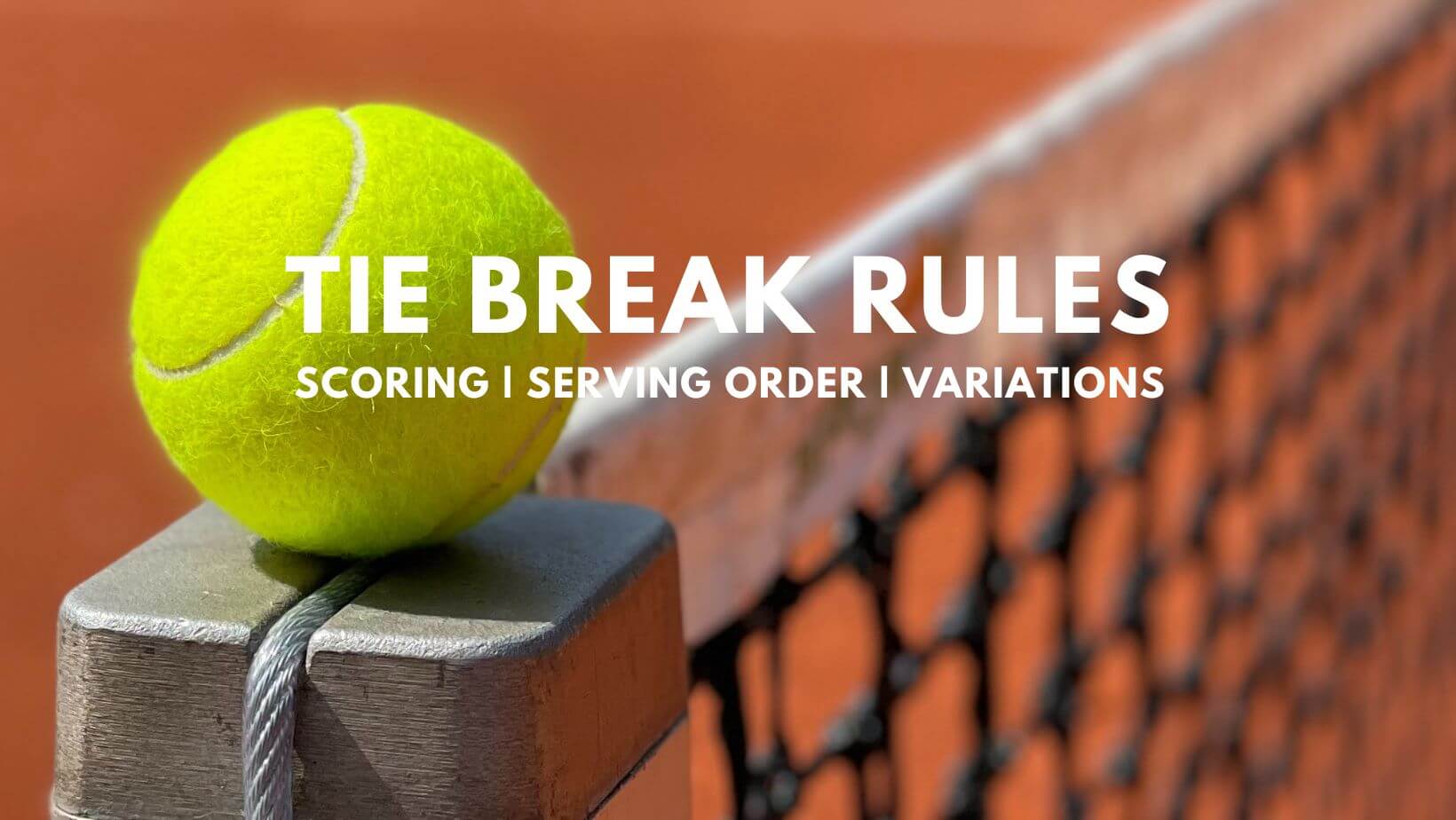Tiebreak Basics
Tennis tiebreak rules – A tiebreak is a scoring system used in tennis to determine the winner of a set when the score reaches 6-6. It was introduced in 1971 to reduce the number of excessively long sets and speed up the pace of play.
In a tiebreak, each player takes turns serving two points in a row, starting with the player who served first in the set. The first player to reach seven points wins the tiebreak and the set.
In tennis, tiebreak rules determine the outcome of a set that reaches 6-6. The first player to win seven points with a two-point advantage wins the tiebreak. This format is used in the Wimbledon final , where intense matches can often be decided by a single tiebreak.
The rules ensure fairness and prevent endless sets, while adding an extra layer of excitement to the game.
Scoring System
The scoring system in a tiebreak is different from the regular scoring system in tennis. Instead of using the traditional 15, 30, 40, and game system, a tiebreak uses a simpler point-by-point system.
Tennis tiebreak rules are designed to break deadlocks in a set. If both players reach six games all, a tiebreak is played to decide the set. The player who wins seven points first, with a margin of at least two points, wins the tiebreak and the set.
Novak Djokovic, one of the greatest tennis players of all time, has won 23 Grand Slam titles and is known for his exceptional return game and court coverage. Despite being 35 years old , Djokovic continues to dominate the sport and is a strong contender for every major tournament he enters.
The tennis tiebreak rules provide a fair and exciting way to resolve close sets, ensuring that the best player emerges victorious.
- The first point is worth one point.
- The second point is worth two points.
- The third point is worth three points.
- And so on.
The player who wins the tiebreak is the player who first reaches seven points with a margin of at least two points.
Examples of Tiebreak Situations
Tiebreaks can occur in any set of a tennis match, but they are most common in the third set of a best-of-three set match or the fifth set of a best-of-five set match.
For example, if the score in a set is 6-6, the players will play a tiebreak to determine the winner of the set. The player who wins the tiebreak will win the set and the match.
Tiebreak Strategy: Tennis Tiebreak Rules

Tiebreaks, a pivotal aspect of tennis matches, call for strategic thinking and calculated shot selection. Players employ diverse tactics to gain an edge during these high-stakes exchanges.
Shot Selection, Tennis tiebreak rules
During tiebreaks, shot selection is paramount. Players must carefully consider their shot choices to maximize their chances of winning points. Aggressive shots, such as powerful serves and deep groundstrokes, can be effective in pressuring opponents. However, it’s equally important to maintain control and minimize unforced errors.
Risk-Taking
Tiebreaks often involve calculated risk-taking. Players may opt for riskier shots to gain an advantage, such as attempting passing shots or approaching the net. The key is to balance risk and reward, assessing the situation and making decisions that maximize the likelihood of success.
Tips for Improving Tiebreak Performance
* Practice tiebreaks regularly to develop a sense of rhythm and familiarity with the format.
* Stay focused and maintain composure under pressure.
* Vary shot selection to keep opponents guessing.
* Take calculated risks when opportunities arise.
* Learn from past tiebreak experiences and adjust strategies accordingly.
Tiebreak Variations

Tiebreaks are used in tennis to decide a set when the score reaches 6-6. There are several different tiebreak formats used in various tournaments, each with its own advantages and disadvantages.
The most common tiebreak format is the seven-point tiebreak. In this format, the first player to reach seven points wins the tiebreak. If the score reaches 6-6, the player who wins the next point wins the tiebreak.
Another common tiebreak format is the ten-point tiebreak. In this format, the first player to reach ten points wins the tiebreak. If the score reaches 9-9, the player who wins the next two points wins the tiebreak.
No-Ad Scoring
No-ad scoring is a variation of tennis scoring in which there are no deuces. Instead, if the score reaches 40-40, the next point is a “no-ad” point. The player who wins the no-ad point wins the game. No-ad scoring is often used in tiebreaks to speed up the game.
Fast4 Tennis
Fast4 Tennis is a variation of tennis that uses a number of rule changes to speed up the game. One of the rule changes in Fast4 Tennis is the use of a five-point tiebreak instead of a seven-point tiebreak. This change helps to reduce the length of tiebreaks and speed up the overall game.